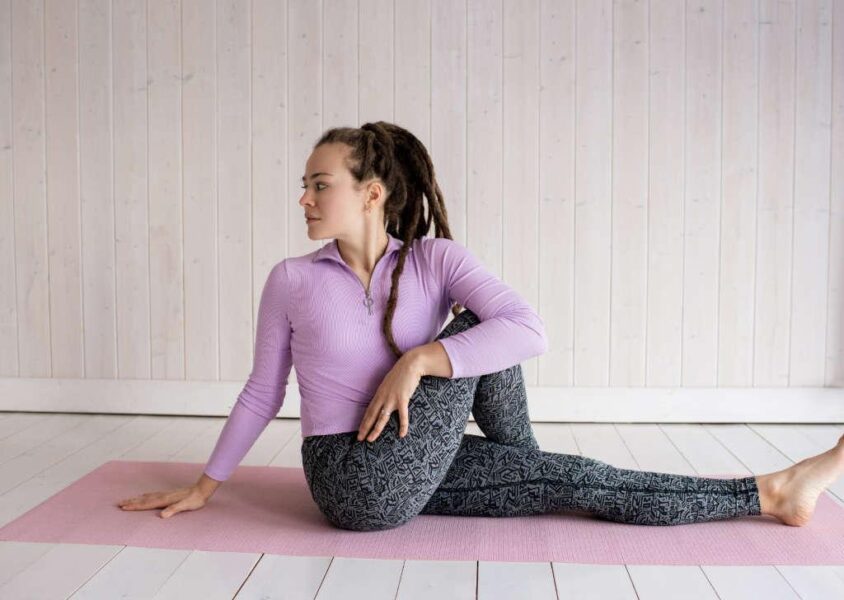Yoga Asana

In the West, Yoga is totally misunderstood as a set of physical exercises. On the contrary, Yoga is the complete science about attaining the highest level of meditation, Samadhi, and experiencing God. Moreover, it is time-tested, well-structured, documented, and experienced by thousands of yogis over many centuries.
To attain Samadhi, one needs a completely tranquil mind with absolutely no distractions for hours, days, or even months. However, such tranquility of mind is not possible without rigorous training. Training the mind is so difficult that it might take even several lifetimes before one can have the mind capable of attaining Samadhi.
The training of the mind requires discipline and practice. Therefore, Yoga is structured as having eight limbs that a yogi has to enable and make them stronger to attain Samadhi. These eight are referred to as “limbs or parts” of Yoga because, without even one of them, a yogi would not be able to attain the highest level of Samadhi. Therefore, Yoga is also referred to as Ashtanga Yoga, which means Yoga with eight parts. These eight parts are:
We have already discussed Yoga Yama and Yoga Niyama.
Of the eight limbs of the path to Samadhi, Yoga Asana is the third part a yogi practices. Asana in Sanskrit means seat or a mat on which one sits. Yoga Asana refers to the Yoga poses performed to improve body functions and help the mind concentrate.
A healthy mind requires a healthy body. Yoga Asanas are body postures and positions designed to improve flexibility, strength, and balance in the body. No types of equipment are required to perform Yoga Asanas. All one requires is a wide enough flat open, clean surface and the will to perform the Asanas.
Regular practice of Yoga Asana makes the body capable of sitting still for a long time during a meditation session.
A beginner may find Yoga Asanas very challenging to perform. However, this challenge can be overcome easily by sheer practice. The more one practices, the more flexible and strong their body becomes.
However, one should not try to perform certain Yoga Asanas, like Shirshasha, without the help of a good teacher to avoid the risk of injury.